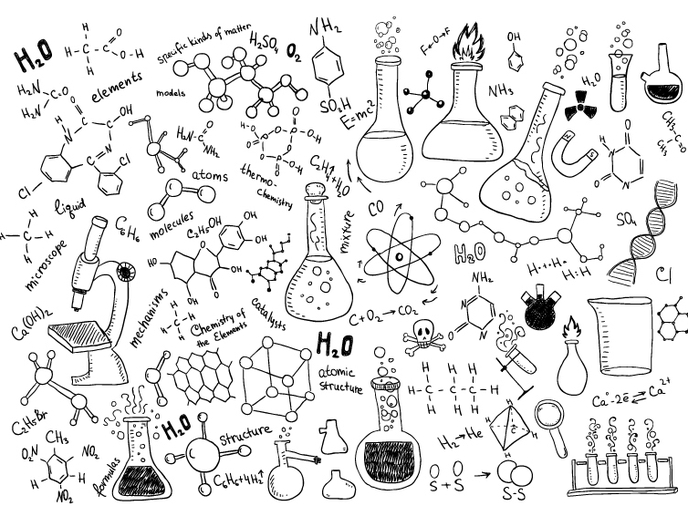Nanomaterial-based catalysis
The quest for new nanostructured catalytic materials and improvement of conventional ones have to a large extent depended on costly trial-and-error experiments. Consequently, catalysts are often characterised only in terms of reactivity, selectivity and stability. Little is known about the atomic-scale structure or the working principle of catalysts. The EU-funded project NANO-DESIGN (Computation-driven rational design of MoSx-based desulphurization nanocatalysts) sought to fill this gap with the development of powerful catalyst characterisation tools. To study catalysis on a fundamental level, researchers relied on state-of-the-art computational methodology based on density functional theory (DFT). They developed and optimised computational models representative of molybdenum sulphide (MoSx) heterogeneous catalysts. Synthetic scanning tunnelling microscopy (STM) images were generated for all models and core-electron binding energies calculated for selected ones. The NANO-DESIGN team used this data to shed new light on experimental STM and X-ray photoemission spectroscopy (XPS) data of catalytic systems. Researchers found that active sites at the edges of layered MoSx are of crucial importance to understanding and improving heterogeneous catalysts. In addition, their evolution needs to be monitored carefully through XPS experiments performed under realistic conditions. Project members assessed the suitability of MoSx catalysts for flue-gas desulphurisation using DFT calculations. MoSx nanoparticles had non-uniform chemical properties at edge sites, while their reactivity changed with distance to the corner sites of nanoparticles. NANO-DESIGN findings highlight the importance of active sites in the performance of MoSx-based catalysts and the need for explicit nanoparticle models in catalysis simulations. More importantly, the new catalyst characterisation tools promise to pave the way to a more rational design of catalysts for flue gas desulphurisation.







